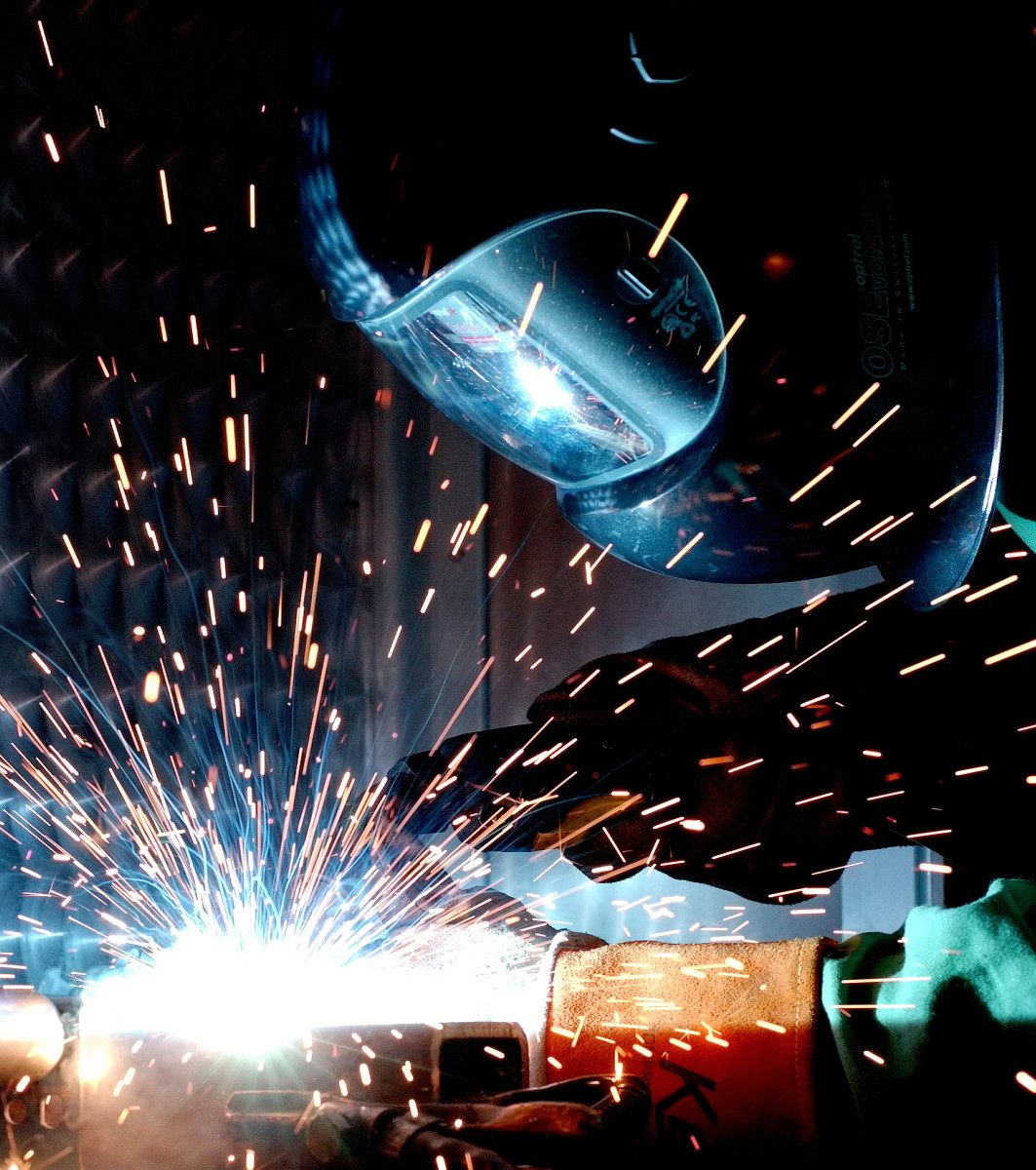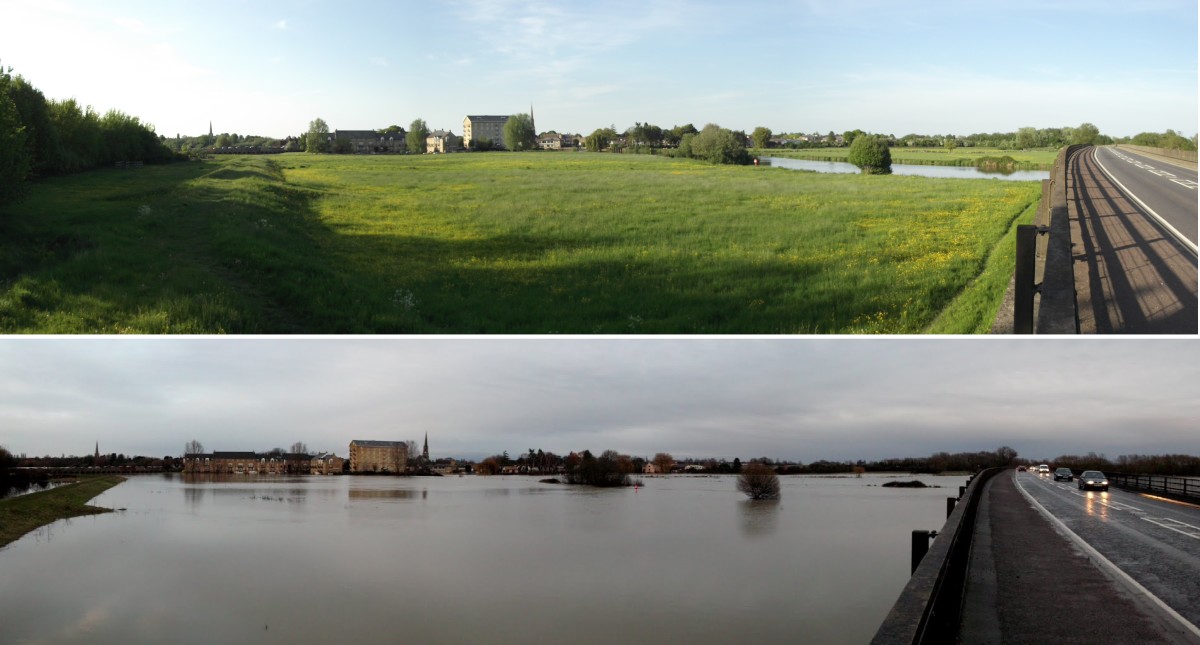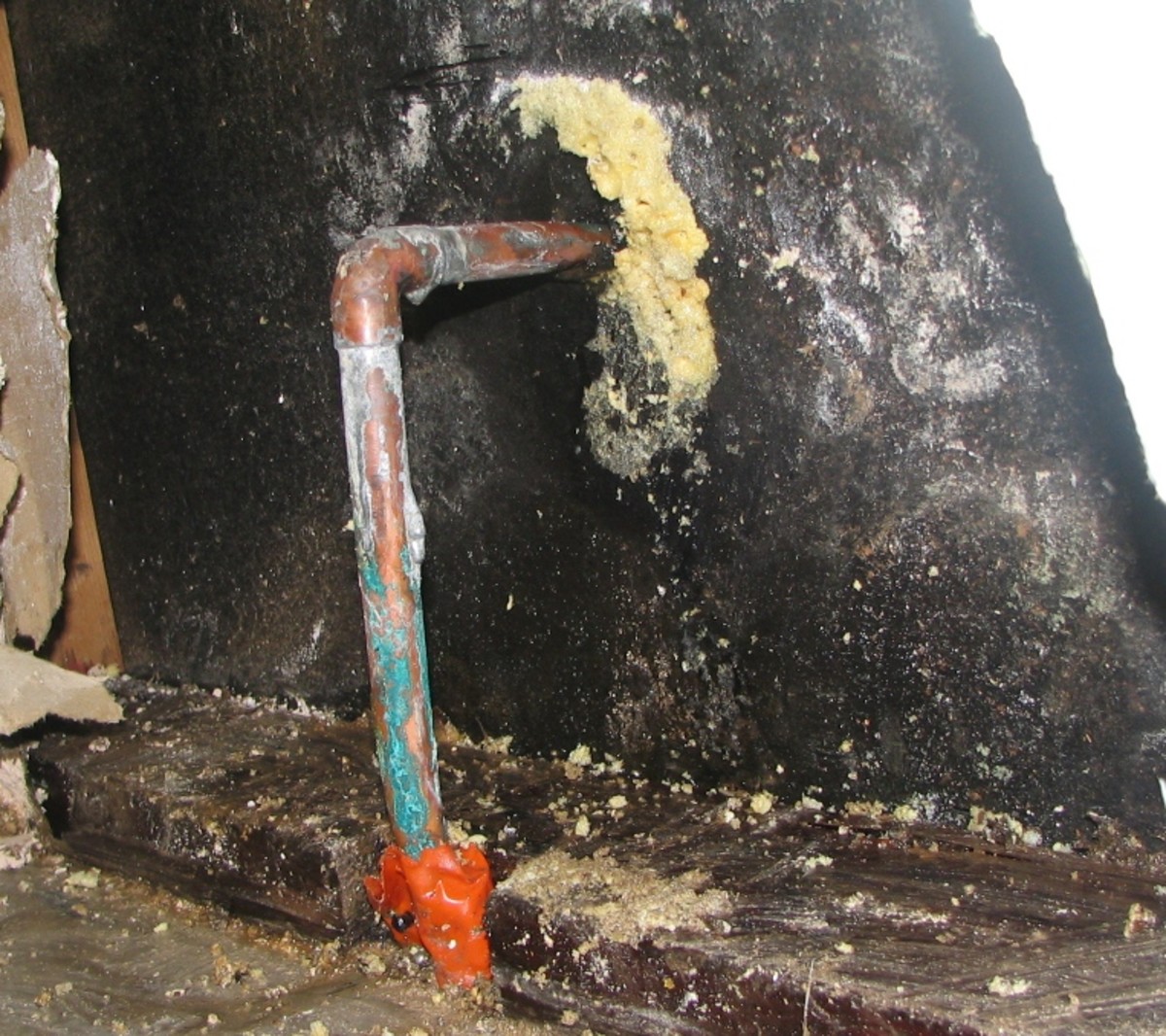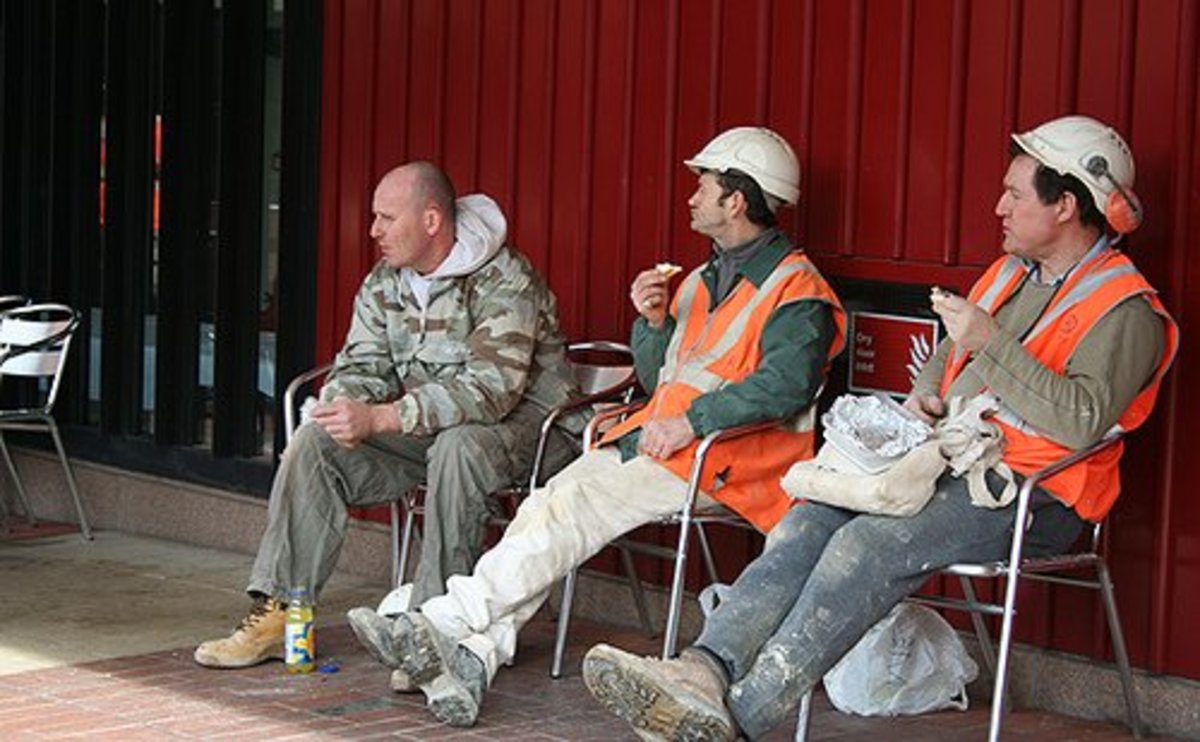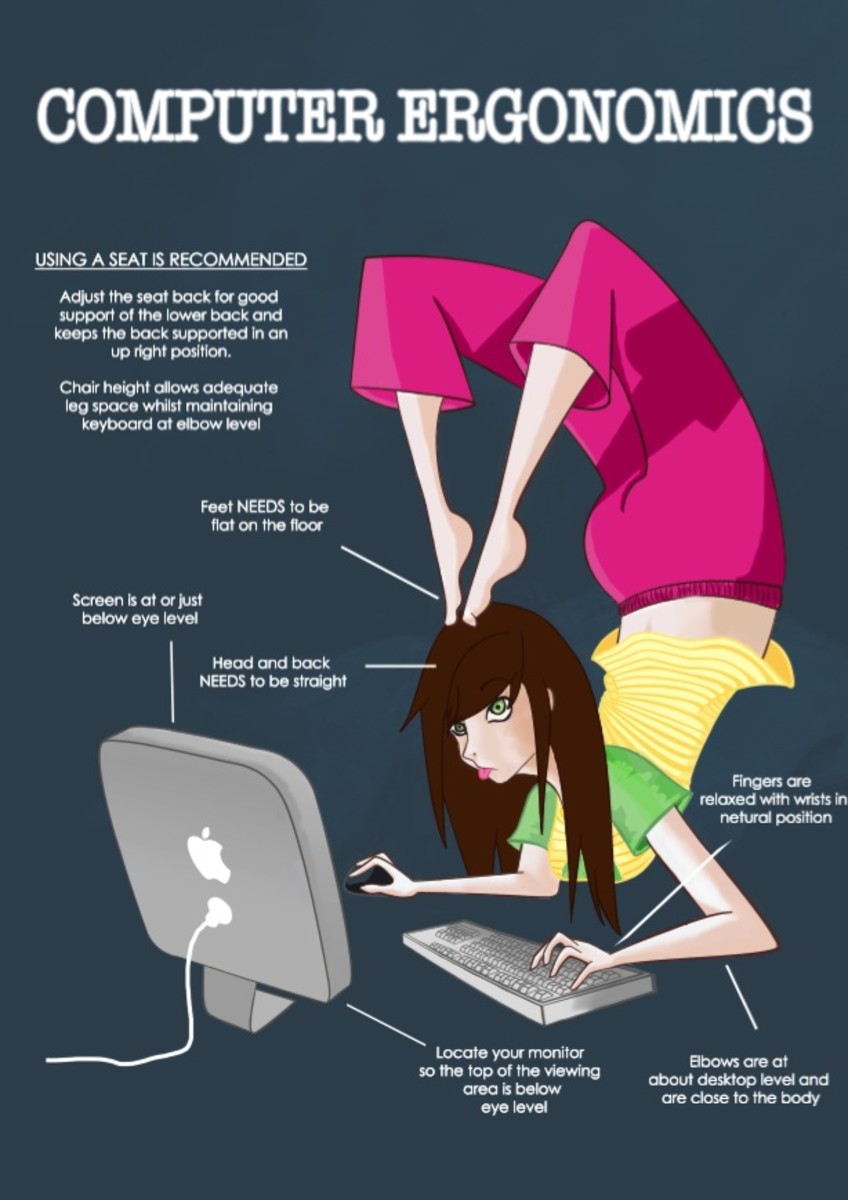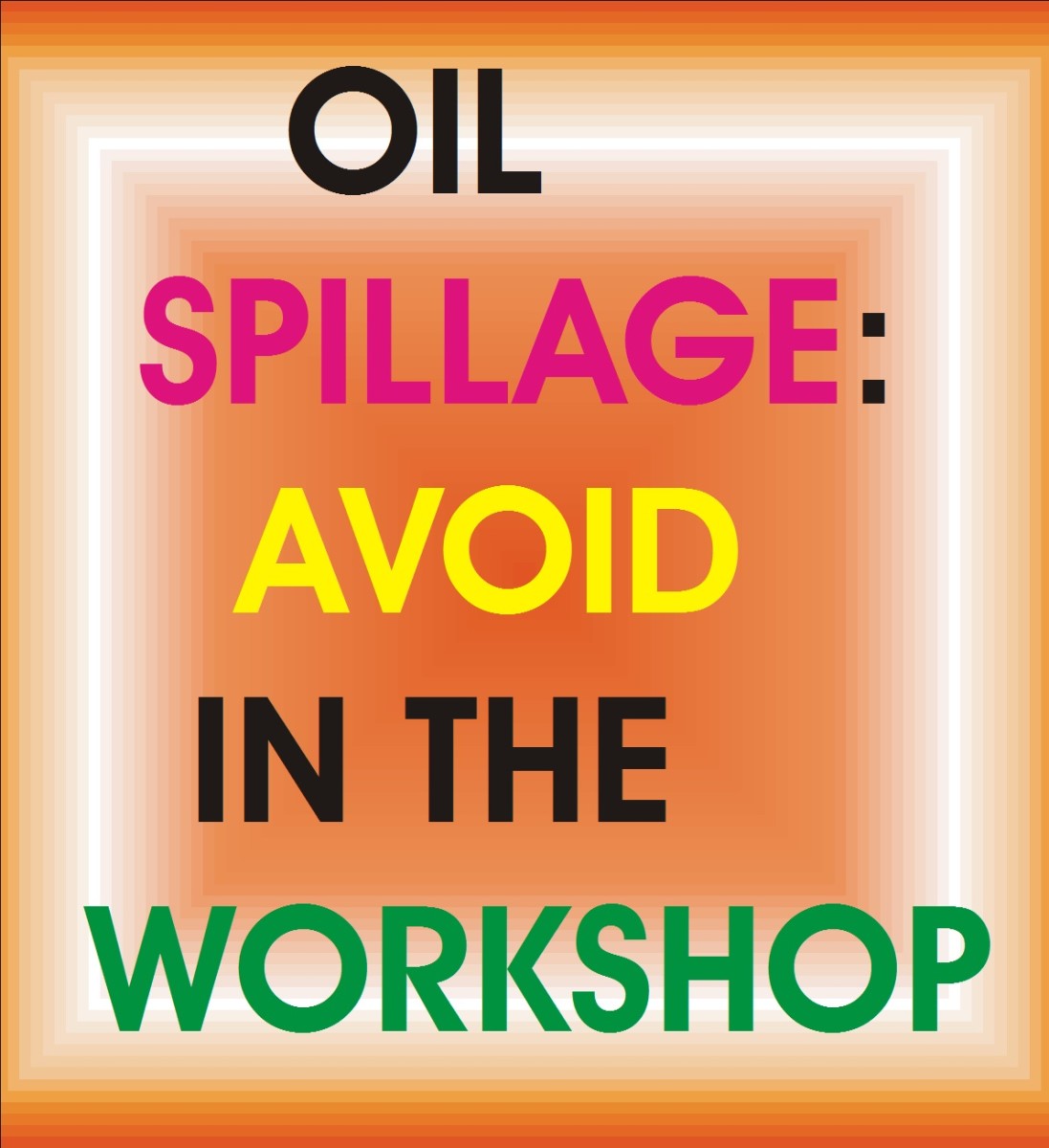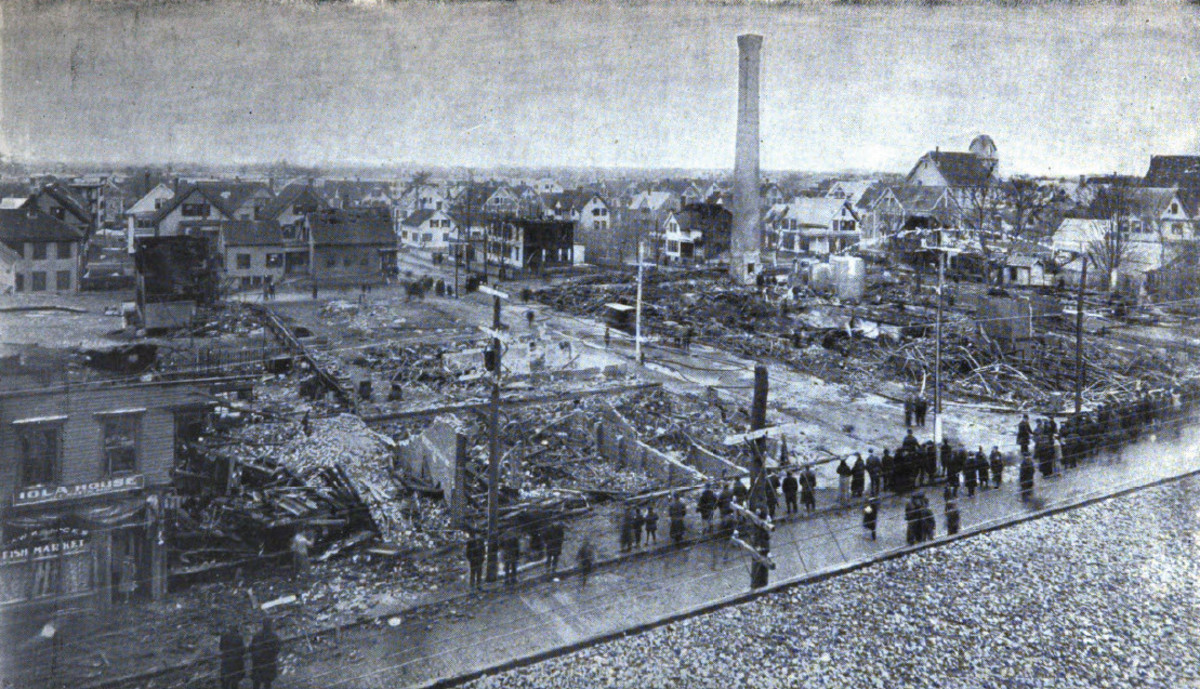Fall Protection Standards
Fall protection standards cover everything from the fall protection equipment to its usage to programs to train employees in their proper use. What are the leading fall protection standards?
European Standards for Fall Protection
Fall protection systems minimize the risk of someone falling from a great height or keep them from falling if they do fall off of a structure. Fall protective equipment consists of the items that together create a fall protection system.
BS EN 363 is the European standard for personal fall PE or protective equipment. It is also the European standard for fall arrest systems. BS EN 362 is the standard for the connectors in fall PE (fall protective equipment).
BS EN 361 is the standard for full body harnesses. BS EN 795 is the standard for anchor devices. BS EN 813 is the standard for sit harnesses used as personal fall protection.
EN 12841 is the European standard for rope adjustment devices in rope access systems. EN 355 is the standard for the energy absorbers. EN 1891 is the standard for low stretch ropes used in fall protection
systems.
EN 354 is the European standard for lanyards used in fall protection systems. EN 8513 is the British standard for twin-legged lanyards used as fall protection. BSI BS 8437 is the British standard for selecting, maintaining and using personal fall protection standards. BSI BS 8437 was amended in 2012. BSI BS EN 360 is the standard for retractable fall arresters.
EN 364 describes the test method used for testing how well fall protection equipment works during a simulated fall from a height. EN 1868 gives the standard terms and definitions used in other European personal fall protection standards.
The German language versions of European fall protection standards is denoted by DIN in front of the European Union standard number. For example, DIN EN 795 is the German version of BS EN 795.

European Standards for Rescue Equipment
The standards for rescue equipment differs from fall protection equipment used by construction workers and utility workers. British Standard BS EN 1496 is the standard for rescue lifting devices, also called safety lifting equipment.
BS EN 1498 is the standard for rescue loops, while BS EN 1497 is the standard for rescue harnesses. BS EN 341 is the standard for descender devices, also called descent-control devices, used during rescue operations.
Many other European nations use ISO standards for fall protection equipment.
ISO Standards for Fall Protection
ISO 14567 is the standard for single point anchor devices in fall protection systems. ISO 16024 is the standard for horizontal lifeline systems. ISO 22159 is the ISO standard for descending devices that are part of a fall protection system.
ISO 22846 is the standard for rope access systems. ISO 22846 part 1 gives the fundamental principles for the system while part 2 is the code of practice, a description of how to implement those safety principles in the real world.
ASSE/ANSI Standards for Fall Protection
The American Society of Safety Engineers or ASSE has issued a number of fall protection standards. For example, ASSE A10.32 is the ANSI approved standard for fall protection systems used on construction sites.
ASSE Z359.0 gives the standard terms and definitions used in fall protection standards and fall arrest standards. ASSE Z359.6 gives the basic performance specifications and desire requirements for fall protection systems.
ASSE Z359.7 outlines the minimum requirements for a fall protection program. ASSE Z359.7 describes the procedure for verification testing of fall protection equipment. ASSE Z359.0 and all other Z359 sections are ANSI approved. These joint standards are denoted by the joint ANSI/ASSE in front of the standard number.
Related American Standards
IEEE 1307 is the U.S. standard for fall protection for those working on utility lines. IEEE 1307 is ANSI approved. OSHA 3146 is the United States government’s standard on fall protection on construction work sites.
This article is accurate and true to the best of the author’s knowledge. Content is for informational or entertainment purposes only and does not substitute for personal counsel or professional advice in business, financial, legal, or technical matters.

